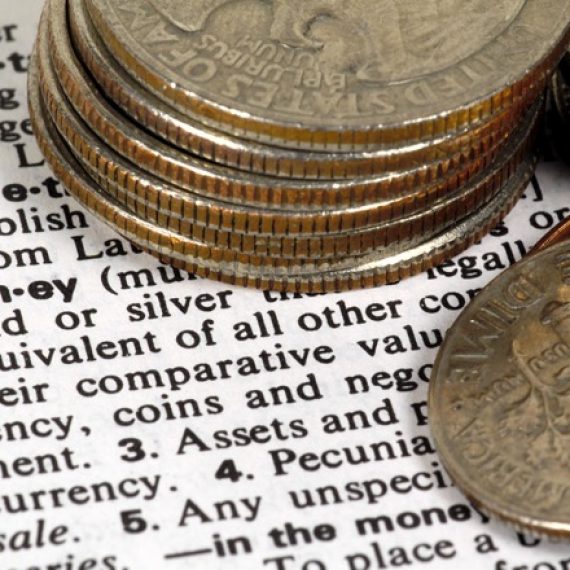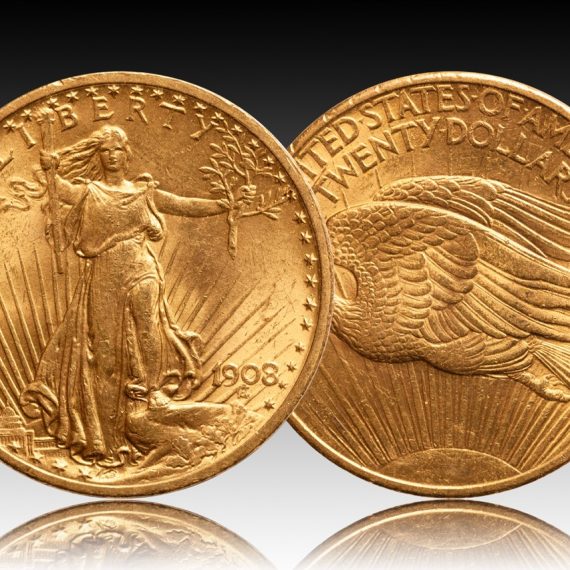Many modern economists struggle to define money. Often beginning with an historical overview of the concept of moneyness, they generally end by describing the functions of money. What money ‘does’ is not a definition of what money ‘is’.
Another way they strive to define money is with the use of adjectives. A common example is ‘sound money’, which is like saying ‘wet water’. The adjective is superfluous because the noun is intuitively understood, or at least should be, as it was to the pioneers of the Austrian School.
Although I obviously cannot speak for Menger and Mises, their intuitive understanding of money is different from that of modern writers. It had to be because the environmental factors when they were writing a century or more ago were so very different from today given the then prevailing everyday use of gold and silver.
To test this point, a scan of the online version of “On the Origins of Money” reveals Menger never used the term ‘sound money’, though it was used twice in the introduction to his monograph written in 2009.[i] When Menger was writing in 1892, fiat currency was more a theoretical concept, not the everyday reality within which modern economists try to fit their new definitions in an attempt to explain – let alone define – ‘modern money’.
The Introduction of Currency
Until the seventeenth century, gold and silver circulated current, in the beginning as weights and eventually as coins denominated in weights like pound, mark, etc. New technology improved this circulating medium, making commerce increasingly efficient, which is a good thing. Lower costs, greater access, and other advancements increased the opportunities to conduct commerce, which over time raises the standard of living.
In the seventeenth century, a nascent banking industry was developing in London, whose growth was being boosted by another technological development, the paper banknote. Instead of storing all their coin at home, to diversify risk of theft some was being placed in new bank vaults that began appearing at that time, but there was a problem.
These bank customers deposited money, a tangible asset, but received in acknowledgement a piece of paper with the bank’s promise to redeem the banknote for the coin deposited by the customer. Although they could spend the banknotes as if they were money in those locations where the payee accepted them as tender in payment, holders of banknotes knew they were not money. So a new word was needed.
The legal minds of the day turned to Latin, which was then still widely in use. Recognising that the banknotes were circulating, the word currency evolved from ‘currens’, the present participle of ‘currere’, meaning to run or to flow like the banknotes passing from person to person. Around the same time, scrip emerged from the Latin ‘scriptum’, the past participle of ‘scribere’, meaning to write.
Though a technological advancement for commerce, the banknote also was alchemy. A bank turned promises printed on paper – credit – into purchasing power purportedly as good as gold.
Credit Becomes a Circulating Medium
Credit has a long history going back to ancient Mesopotamia, specifically the laws recorded in the Code of Hammurabi that stated the terms for lending, repayment, and interest that shaped credit relationships between individuals. But banks transformed a credit instrument into scrip that circulates as currency, which has continued to this day. Bank ledger entries circulate by banknotes, cheques, wire transfers, plastic cards, and most recently, digitally, but regardless of the form they take, bank ledger entries are a money-substitute circulating in place of money itself.
Although money and currency are different things with divergent etymology and origins, money and currency are generally conflated, which is a mistake adding to the present day confusion of these terms. The distinction between money and currency reveals the insight of Karl Marx’s observation: “Although gold and silver are not by nature money, money is by nature gold and silver.”
Purposeful human action turned gold and silver into money. Currency is a money-substitute created by banks. Currency is not money itself, unless it refers to circulating gold or silver coin, which leads to the four functions of money.
Extinguishing an Exchange
Aristotle observed that money is a medium of exchange, unit of account, and store of value. This classic explanation of the functions of money remains accurate but needs updating to explain money and currency in our modern economy.
The money of ancient Greece was silver coin. There were none of the bank ledger entries that are in circulation today. So Aristotle’s three functions of money were perceived differently during his time and subsequent centuries when precious metal coin circulated.
Few economists today acknowledge this difference and therefore overlook the fourth function of money, which is the essential final payment in a transaction. A money-substitute (e.g., bank ledger units, bitcoin) does not extinguish the obligation of the payer to the payee arising from their exchange because of the reliance on a third-party (e.g., a bank clearing system) or dependence on other factors (e.g., the electric grid).
Unavoidably there is counterparty risk, a feature of all money-substitutes. This risk exists until the payee successfully uses the money-substitute received from the payer in a new exchange to purchase goods and services of the payee’s own choosing.
The use of a tangible asset is essential to extinguish a transaction, which occurs the moment it is exchanged for the good or service being purchased. In effect, goods and services pay for goods and services, which is the basic principle underlying Say’s Law, namely, the production of goods or services create the demand for them.
Money and Purchasing Power
With this background information, it is becoming clear that money is more than something in common or general use that achieves circulation with widespread acceptance, which is broadly a definition often found today. Money can be saved without it being in circulation like gold at present, a premise evidenced by Gresham’s Law, but an additional step is needed before establishing a definition of money that further highlights its difference from currency.
Money conveys purchasing power, which is an abstract concept with a subjective nature. Purchasing power is the output of purposeful human action mentally stored by an individual and conveyed using money or money-substitutes as measurable units of value. Purchasing power is conceived in two radically different ways.
Purchasing power is either earned through the application of time, labour, and capital to produce a tangible asset or service that can be quantified by consistent, measurable units of economic value. Money itself, like any marketable good or service, is produced in this way. Though its natural qualities give it value, gold is made useful though mining, refining, and minting coin.
Alternatively, pseudo purchasing power is artificially spawned from bank bookkeeping entries that are liabilities with no inherent natural value. These units of account dishonestly masquerade as money because they circulate concurrently with – but are not differentiated from – units of earned purchasing power.
Earned purchasing power is entered into commerce and conveyed by money. Earned purchasing power can also be conveyed by money-substitutes with the counterparty risk that entails.
Pseudo purchasing power arises from and is conveyed by money-substitutes. Both coin and money-substitutes provide their owner the financial means to buy, sell, save, or invest.
Money Defined
Turning now to the role of money in society, in the most basic sense money is an essential mental tool that provides every individual with the means to use economic calculation to complete an exchange to fulfil their needs and wants. By this mental process, money enables an individual to subjectively assess and quantify the value of the purchasing power offered by the payer and to communicate that amount to the payee through the medium chosen as tender in payment. To adhere to Say’s Law, their exchange is completed when the purchasing power and product exchange hands but is only extinguished immediately when the payee receives a tangible asset directly in the exchange. Otherwise, the exchange is subsequently extinguished at the end of the period of counterparty risk when the payee acquires a tangible good or service using as a tender in payment the money-substitute received.
Thus, money is any tangible asset that can be used to efficiently store, measure, and express units of purchasing power across space and time without counterparty risk, but gold, a unique natural element, best meets the functional requirements of money.
Gold’s Unique Attributes
Gold is generally portrayed as a commodity, which is unfortunate because it leads to a misunderstanding of gold. Gold is not a commodity; it is an unmatched tangible asset in a unique asset class called “money”. While some commodities can and have served in an exchange in extremis, they are a money-substitute and not money itself, which is clear from an analysis of gold’s attributes that reveal its unique nature:
These substantive reasons explain why gold is not a commodity:
1) Their essential nature is different. Gold is accumulated. Once gold is mined, it is held forever, which is possible because gold is indestructible. All the gold mined throughout history still exists in its aboveground stock. Commodities disappear from consumption or degradation.
2) Commodities are produced for projected seasonal/annual needs. Gold is only produced when it is profitable to do so, which imposes a significant constraint. What is more, gold is dispersed in the earth’s crust in such a way that annual production since 1492 increases the aboveground gold stock (i.e., its M3) consistently on average by about 1.75% per annum.[ii]
3) With this consistent M3 growth, gold’s aboveground stock adheres to Milton Friedman’s “k-percent rule” stating that the quantity of money should increase by a constant percentage rate every year. Gold preserves purchasing power over time because the growth of its aboveground stock (M3) approximates the growth rates of world population and new wealth creation. Gold’s supply and the demand for it remain roughly in balance over time. These are feats unachievable by any commodity.
4) Only gold has inelastic demand. Whatever amount is mined is bought, in contrast to commodities which might be discarded when oversupplied.
5) Commodities have a price. Because it is money, gold has a rate of exchange. Gold will never go to zero, or even turn negative like crude oil did in May 2020 when storage costs exceeded the market price of oil.
6) Gold has an interest rate, so it always trades in contango against bank ledger currencies, even when backed by gold. Commodities do not have an interest rate and generally trade in backwardation. What is more, because interest rates reflect risk and not just time preference, gold always has the lowest interest rate when compared to those of fiat currency and other money-substitutes.
7) Commodities have grades to determine quality, but gold does not. All gold is the same, regardless of where or when it was mined.
8) Most importantly, gold is the only thing in the known universe that is eternal, an essential requirement of money to facilitate reliable economic calculation with a consistent unit over time.
Gold is a tangible asset, a feature shared with commodities. But gold’s attributes differentiate it from commodities. Gold is a different asset class altogether that is called “money”. Gold is natural money.[iii]
Gold Money
In testimony before Congress in 1912, J.P. Morgan – the most influential American financier and banker of his time – said “that [credit] is an evidence of banking, but it [credit] is not the money itself. Money is gold, and nothing else.”[iv]
His words reveal what Mr Morgan and everyone else in that committee meeting understood about money and credit.[v] If they did not have a clear understanding, Mr Morgan would have been asked to define money. No such questions were asked. It was understood by those in attendance that money is gold and everything else is credit circulating as currency.
The earth has been endowed with natural elements whose usefulness has facilitated the advance of civilisation throughout the ages. An essential element to achieve that beneficial progression is gold; it is natural money.
Gold’s truly unique attributes that set it apart are the foundation upon which the theory of natural money can be propounded. Perhaps it is an immutable law of nature that the supply and demand of gold remain closely balanced, making it the ideal indestructible asset to preserve purchasing power over long periods of time in a world that is not static. We can ponder how civilisation would have advanced without gold, assuming of course that societal interaction we experience today could have even developed without money contributing to humankind’s progress after emerging from the primordial swamp millions of years ago.
As a natural element, the origin of gold money provides two thought provoking philosophical and anthropological alternatives. Either gold with its unique features that make it an ideal money is a serendipitous occurrence of nature arising from the ‘Big Bang’. Or gold is the product of purposeful, intelligent design by a creator in a complex and seemingly limitless universe which the human mind still struggles to grasp.
[i] On the Origins of Money, Carl Menger, Ludwig von Mises Institute, 2009. https://cdn.mises.org/On%20the%20Origins%20of%20Money_5.pdf
[ii] The Aboveground Gold Stock: Its Importance and Its Size, James Turk, GoldMoney Foundation, 2012. https://gm-media-library.s3.eu-west-1.amazonaws.com/theabovegroundgoldstock_a91df81402.pdf
[iii] Natural Money, James Turk, Free Gold Money Report, 2012. https://www.fgmr.com/natural-money/
[iv] What Did J.P. Morgan Mean?, James Turk, Free Gold Money Report, 2016. https://www.fgmr.com/what-did-j-p-morgan-mean/
[v] Mr Morgan was also providing the statutory definition of money. He would have said that money is silver had he given his Congressional testimony before the Coinage Act of 1873, which put the US dollar on a de facto gold standard and changed the role of silver to subsidiary coinage.

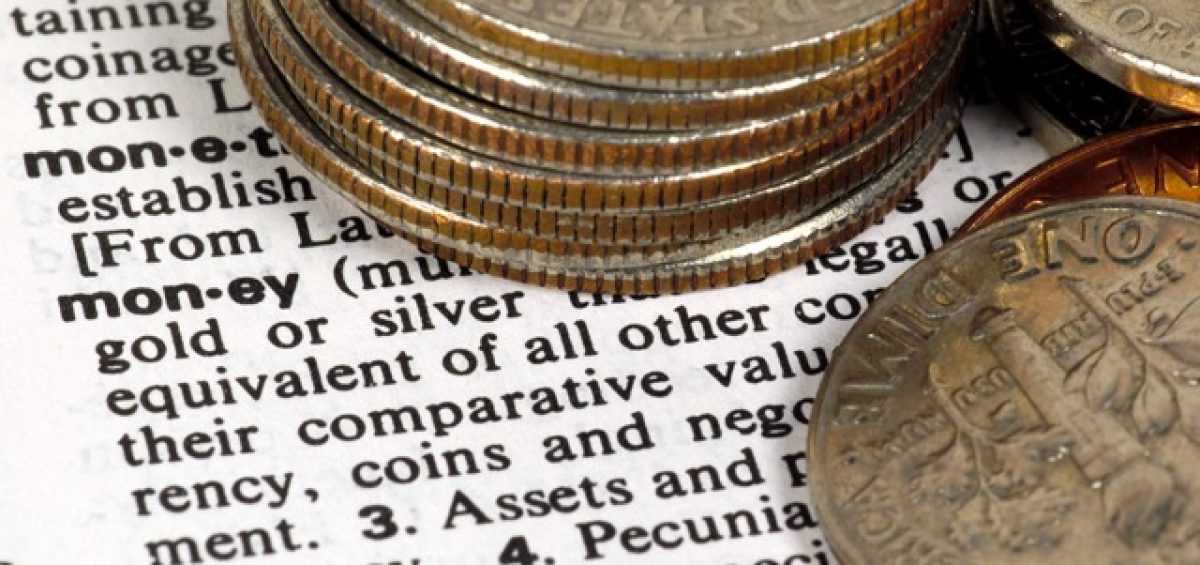
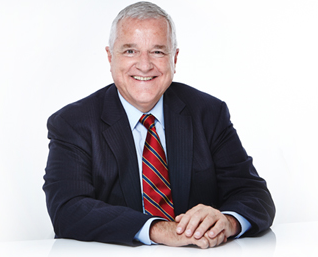

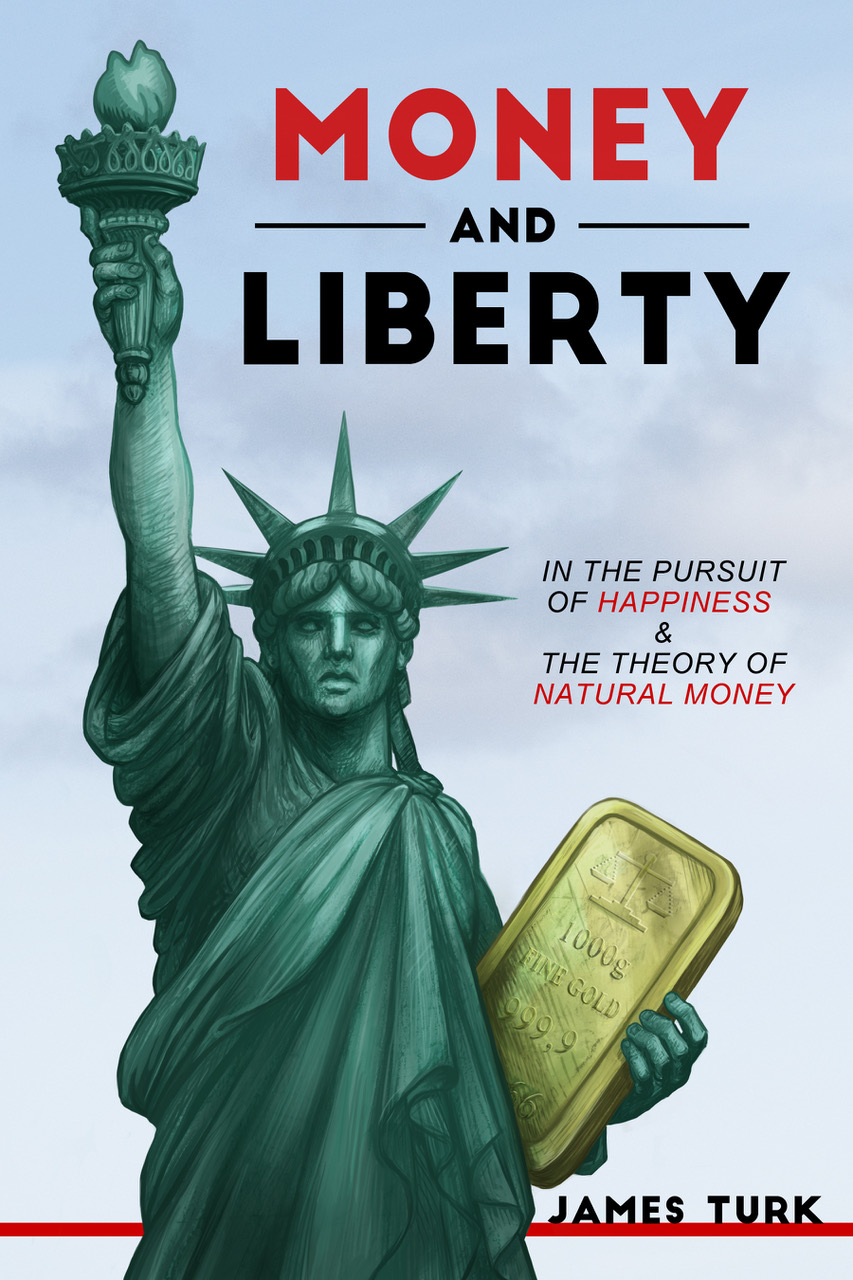
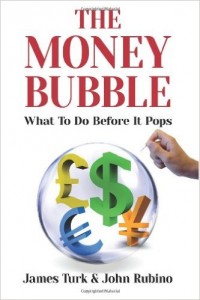

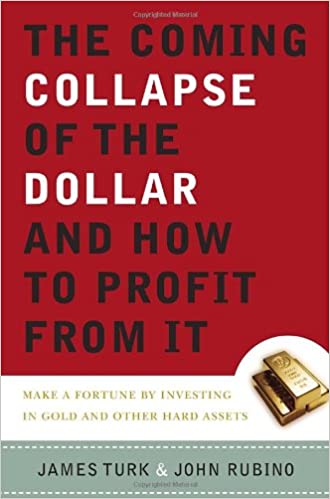
 My objective is to share with you my views on gold, which in recent decades has become one of the world’s most misunderstood asset classes. This low level of knowledge about gold creates a wonderful opportunity and competitive edge to everyone who truly understands gold and money.
My objective is to share with you my views on gold, which in recent decades has become one of the world’s most misunderstood asset classes. This low level of knowledge about gold creates a wonderful opportunity and competitive edge to everyone who truly understands gold and money.